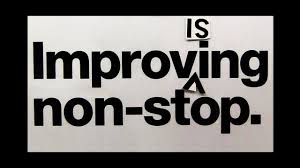“Hell is other people” – Jean Paul Sartre
Office politics – we’re all used to this at least playing out in the background of the workspace like a constant din where different personalities crash into each other – if we’re not directly involved ourselves that is. So, how do we set about nullifying poisonous office politics and creating a more wholesome atmosphere?
1. Start with the heart – get everything out in the open. Yes, it’s easier said than done but what’s the alternative? To let toxic office politics get even worse until people start handing in their notices? Allow everybody to say what they need in an open a way as possible. Everyone in the team or department will either be involved or aware of issues and conflicts. So, it’s vital that everybody speaks and equally vital that you as a leader listen and accept that everybody has a right to their own perspective.
Emapthy is Key…
2. As with all conflict resolution, plenty of empathy and understanding is needed from the leader/manager in such situations. Also, it’s advisable to ask short, open questions to unearth information, get specifics and show that you care and want the best for all involved.
3. Then comes the hard part. Take responsibility for your failings that have contributed to the malaise of office politics. This will set a standard and shows that you’re human. Too many managers and leaders chuck edicts from the anonymity of their cosy managerial office without getting stuck in. In short, if you want them fixed then take ownership of the problems.
Re-Focus Goals…
4. Re-focus the goals – what were those organisational, team and individual goals that everyone was working towards or at least supposed to be working towards? Emphasise the individual goals – ie. what’s in it for everybody. This should be the main motivator to get things back on track.
No Repeat Office Politics…
5. Now everyone can see the wood for the trees and issues have been owned, it’s time to ensure that things don’t go the way of those toxic office politics again. The best way, once again is to involve all the team members in contributing to the best way forward. Once agreed it’s up to the manager/leader to take the reigns in monitoring how things are going and to offer coaching and expertise when/where needed. In other words, frontline leadership.
Sartaj Garewal is the founder of Dynamic Presenting – a creative, leadership development consultancy, adapting theatre training to create leadership programs for business.
Dynamic Presenting – Enabling Powerful Communication


